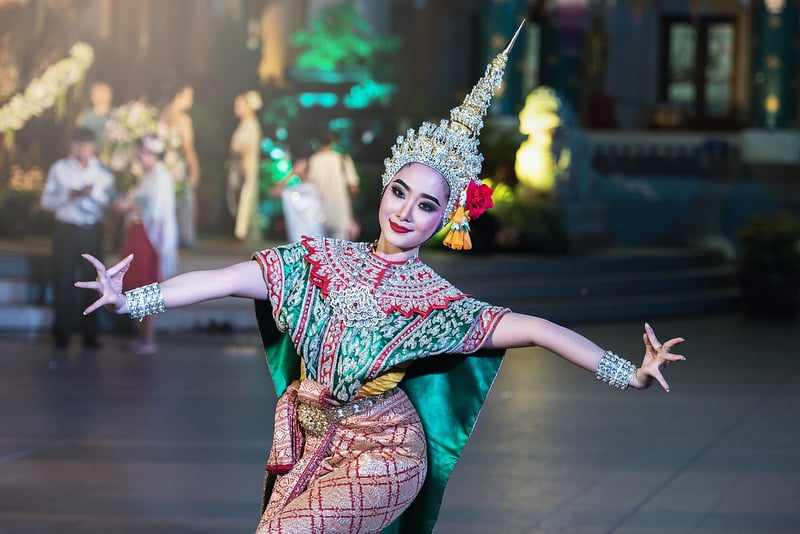Hip Hop
The Power of Expressive Movement in Hip Hop
Hip Hop, as a cultural movement and artistic genre, is known for its expressive and dynamic nature. One of the key elements that sets Hip Hop apart is the emphasis on movement as a form of storytelling and self-expression. In this article, we will explore the significance of expressive movement in Hip Hop and how it contributes to the art form's vibrancy and impact.
History of Expressive Movement in Hip Hop
From its origins in the Bronx in the 1970s, Hip Hop has always been closely linked to dance. The early pioneers of Hip Hop culture, including DJ Kool Herc, Grandmaster Flash, and Afrika Bambaataa, incorporated dance as a central element of their performances. Breakdancing, popping, locking, and other dance styles became integral parts of Hip Hop culture, allowing individuals to express themselves physically in addition to musically.
The Role of Dance in Hip Hop Culture
Dance in Hip Hop serves multiple purposes. It is a form of entertainment, a way to engage with the music, and a means of competition and self-expression. Hip Hop dance styles often reflect the energy, rhythm, and attitude of the music, creating a visual representation of the sounds and lyrics. Many dancers use their movements to tell stories, convey emotions, and communicate with their audience in a powerful and compelling way.
Expressive Movement as a Form of Resistance
For many individuals in marginalized communities, Hip Hop dance has been a tool for resistance and empowerment. Through movement, dancers can challenge stereotypes, reclaim their identities, and speak out against social injustices. Hip Hop's emphasis on individuality and creativity allows dancers to express their unique perspectives and experiences in a way that is both personal and universal.
Embracing Diversity and Inclusivity
One of the most beautiful aspects of Hip Hop dance is its inclusivity. Hip Hop welcomes dancers of all backgrounds, ages, and abilities, creating a space where diversity is celebrated and differences are embraced. Whether in a dance cypher on the streets or a choreography class in a studio, Hip Hop brings people together through the universal language of movement.
Conclusion
Expressive movement plays a vital role in the richness and diversity of Hip Hop culture. Through dance, individuals can connect with the music, tell their stories, and make a powerful statement. As Hip Hop continues to evolve and influence mainstream culture, the art of expressive movement remains a cornerstone of this dynamic and influential genre.

Explore the world of Hip Hop dance and discover the power of expressive movement in this vibrant and dynamic art form!
